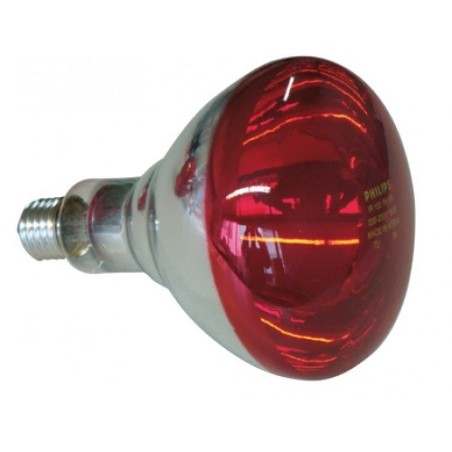Paper
Pathogenesis of porcine reproductive and respiratory syndrome virus-induced increase in susceptibility to Streptococcus suis infection. Thanawongnuwech R, Brown GB, Halbur PG, Roth JA, Royer RL and Thacker BJ (2000). Veterinary Pathology 37: 143–152

Paper summary
What are they studying?
They investigate the pathogenesis of PRRSV-induced increased susceptibility to S. suis associated disease.
How is it done?
Six separate groups of 13 or 14 (80 in total) 3-week-old PRRSV and S. suis free piglets were intranasally inoculated with: sterile medium, a low virulent PRRS strain or a high virulent PRRS strain. After 7 days, half of the pigs (3 groups) were intranasally inoculated with S. suis serotype 2.
They were daily monitored (rectal temperatures, clinical respiratory disease scores, evidence of central nervous system disease, swollen joints, and lameness) until day 11, and every other day until day 28. Six pigs from each group were euthanized for a necropsy on day 10.
What are the results?
The highly virulent PRRSV increased susceptibility to S. suis more than low virulent PRRS. However, both strains enhanced susceptibility to S. suis challenge.
Groups 4, 5, and 6 had more days with rectal temperatures of >40ºC than controls and pigs only inoculated with S. suis. Some pigs inoculated with S. suis showed signs of central nervous system disease but without significant differences.The mortality in group 6 (High pathogenic PRRS+S. suis) was 87.5%, in group 4 (Low pathogenic PRRS+S. suis) it was 37.5% and in group 2, (only S. suis) it was 14.3%, but not statistically different from group 4.
PRRSV lung lesions were more severe (P < 0.05) in the groups inoculated with high pathogenic PRRS, while S. suis did not significantly increase the percentage of lungs with visible lesions. Pigs in group 6 had a higher incidence of pleuritis, peritonitis, and arthritis than pigs inoculated with S. suis alone.
The virus was recovered from more pigs (71.4%) inoculated with low pathogenic PRRS+S. suis than from pigs only inoculated with low pathogenic PRRS (38.5%).
What implications does this paper have?
PRRSV inhibited clearance of S. suis from the blood which caused a higher tissue dissemination of the bacteria and increased S. suis-associated diseases. PRRSV damage to pulmonary intravascular macrophagues may lower the threshold of S. suis necessary to induce disease. This is consistent with field cases where S. suis has often a little economic impact until PRRSV infections appear.
Like M. hyopneumoniae, S. suis may attract and activate macrophages, thus facilitating PRRSV replication and persistence.

Figure 1. Acute infection by S suis
|
Even though some herds do not have streptococcal problems, it is difficult to find a herd free from S. suis. S. suis is a bacteria commonly found in the respiratory tract of pigs. However, not all herds are infected with highly pathogenic strains, which means it is possible to have symptom-free farms. But what happens when PRRS virus enters these farms? We all know of herds that had no problems until they became infected: after the period in which reproductive disorders were the most obvious, then virus recirculation in the weaning units was reached, and that viral circulation was evident by the appearance, in many cases, of symptoms typical of S. suis. When the virus pathogenesis was still not well known, scientists debated whether or not the virus was immunosuppressant. Today we know it is not —in the same way as Aujeszky's virus is—, but thanks to all the information provided by articles like the one we just read, we now know it clearly favours the emergence of secondary infections like the one produced by S. suis due to the impairment of the alveolar macrophages cleaning functions. In these situations of mixed infections, streptococcal control becomes more difficult. Hence, avoiding recirculation of the virus during post-weaning is a key point to restore normality. To this end, and as we have mentioned on other occasions, the following will be essential: i) a sow herd with a uniform immune status; ii) controlled gilt introduction to make sure they develop active immunity during acclimatization without excreting the virus at the same time and; iii) finally, batch management in order to avoid contamination between batches. We musn't forget, however, that stabilization of a farm following PRRS virus infection is not instantaneous and takes time. During this period we will apply all the tools available to keep bacteria like S. suis under control. By this we mean that, in many cases, the use of antibiotics is not enough and we must also act on known potential predisposing factors. Therefore, and even tough the conditions described below should always be met, in these cases full compliance is of the highest importance:
|










